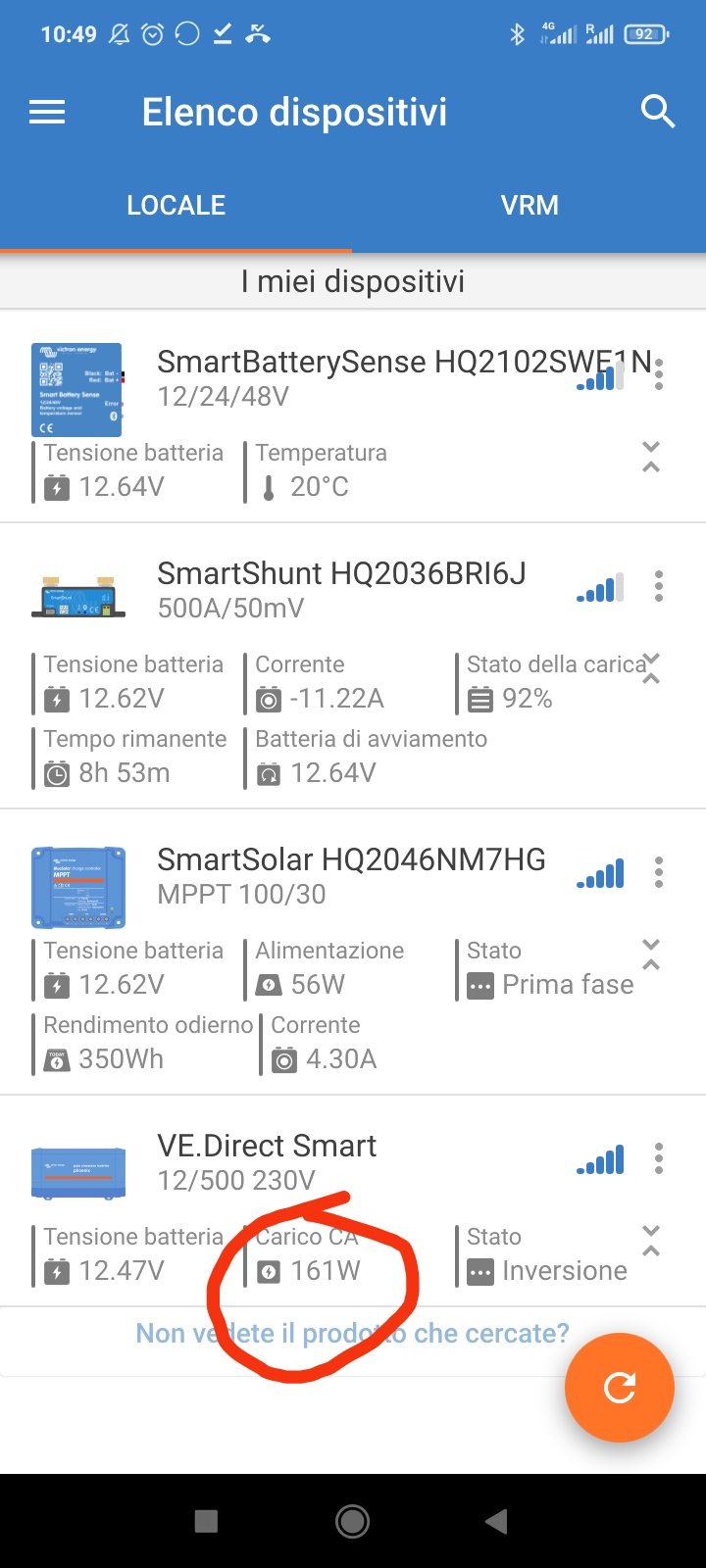Please help me to understand the difference between VA and W on victron inverter!
For example I have a new Phoenix 500VA inverter.
The data sheet says: 500Va- 400w at 25C with non linear load with crest factor 3:1.
What means?
I understood that the relationship between w and va depends on the power factor.
but I didn't understand if it concerns the Power factor of the AC load or the Power factor of the inverter itself.
How much is the power factor of the victron inverters (low frequency inverters)?
Then 2 more questions:
1) why with purely resistive loads my inverter has an efficiency below 80% between input and output, while with inductive loads (chargers and motors) I see an efficiency of 96/98%?
2) why does it show "w" in the "instant view" of victron Connect, while if I enter the inverter it shows "VA"? And is the value always the same?


Thank you.
